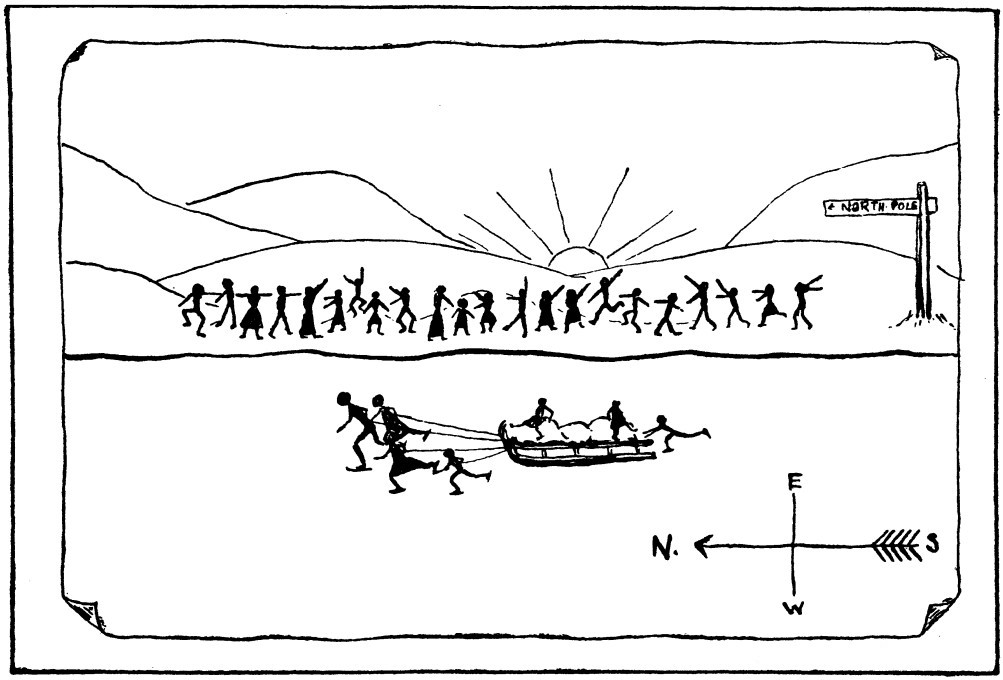In the March 1992 newsletter of Australia’s Society of Editors, John Bangsund offered a rule that he called Muphry’s Law:
(a) if you write anything criticizing editing or proofreading, there will be a fault of some kind in what you have written;
(b) if an author thanks you in a book for your editing or proofreading, there will be mistakes in the book;
(c) the stronger the sentiment expressed in (a) and (b), the greater the fault;
(d) any book devoted to editing or style will be internally inconsistent.
In November 2003, the Canberra Editor noted, “Muphry’s Law also dictates that, if a mistake is as plain as the nose on your face, everyone can see it but you. Your readers will always notice errors in a title, in headings, in the first paragraph of anything, and in the top lines of a new page. These are the very places where authors, editors and proofreaders are most likely to make mistakes.”
Earlier, editor Joseph A. Umhoefer had observed that “Articles on writing are themselves badly written.” A correspondent wrote that Umhoefer “was probably the first to phrase it so publicly; however, many others must have thought of it long ago.”





